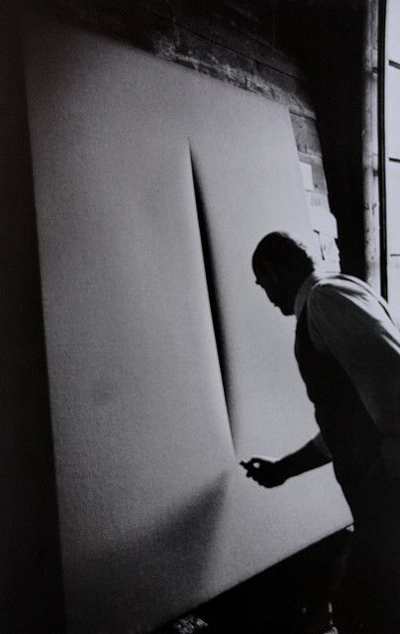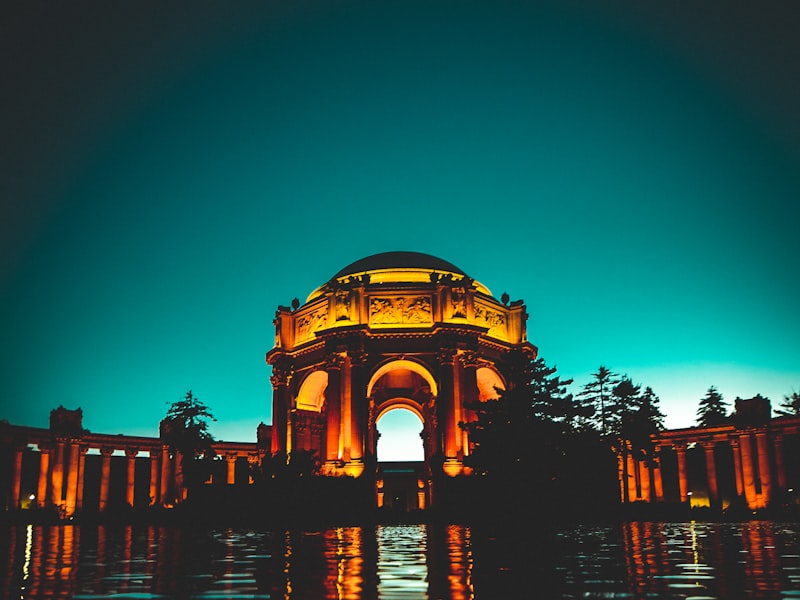Inadequacy
Concepts like art and life must mix with each other because there is no need for keeping a distance between the work of humans and human being itself. The art of life is a form (creative energy - sexual), who said that? That is why the most fascinating art is one which talks about life, that reveals different experiences, the details, curiosities, and points of view.
When it comes to living it is essential to reject the idea of a flawlessness that is to be achieved (in response to this kind of expectation, the only art that we can think of is that of cinema). Error is the hallmark of being Human, the stumbling block into which we have all fallen at one time or another: impulsive judgment, impulsiveness, fear, anger, the incessant search for security and control bad choices. Do you think you've not made any of these mistakes?
Open: a fresh perspective to view the world from
When we fall, we hurt ourselves more or less and tend to look at that fall, to consider the mistake a fault because of the expectations we hold of ourselves and others. The wound is actually the place from which we discover the truth. From there, we can no longer rely on the false notion of perfection (which if it were such shouldn't be hurting) and take a look at what's damaged: we examine it and look at our own self-image.
Fontana cut with the awareness of breaking, opening, or tearing since destruction is often the strongest artistic act, particularly in a society in which, even from a young time, we are ensconced in a strong, impregnating system of beliefs and models. It is no coincidence that Fontana stated in 1963 in an interview with Nerio Minuzzo:
"The critiques always been a slam on me, but I have never thought about it. I went on regardless and I never took the salute of anyone. For years they called me 'the one that has the holes' with some pity even. But today I see that my cuts and holes have created a taste are accepted, and even have practical applications. In theatres and bars they make ceilings with holes. Because today, you see that even people on street are aware of the new forms. It's the artists however, who are the only ones to understand less '.
When Fontana speaks of street people, he is evoking the image of imperfection where the hole is an identical form to every other one where the transformation of life is manifested. Fontana isn't afraid of dirt nor of the violence of his creative work and throws tar at the sculpture of a man and calls it 'Black Man'.
Years later, the cut becomes the conquest of space, in the sense of an attempt to overcome sculpture and painting, by creating an entirely new space that combines them both and a break with verticality, in favor of the possibility of crossing.

Open Art Images , exhaling and inhaling the canvas, reminds us from afar more scholarly and bourgeois form, of the work that Gina Pane would later do on her skin. The gesture remains the eternal main character in this context, where the art will eventually be destroyed. The wound and the cut represent the path, boundary and exchange. The artist breaks the canvas and declares it to be finite. the holes transform into black holes that provide an illusion of depth. They also reveal the infinite that we will never know.
Wait: new things we haven't discovered yet
Fontana described the cuts as "Waits," the openings from which new and new things are born that we do not yet are aware of.
When we make a mistake and hurt or injure the other injuring or hurting another, we need to wait for a time before the response. The first reaction is the shock of the mistake and the failure overcome, after that, figuring out the steps to take to rectify the mistake or avoid it Then we await the effects of that fracture, that error and the possibility of a new and great resource. It could also be a waste of time.
A few people have understood (and do not comprehend) this philosophy because they are constantly judging what reality and the human condition are, in addition, affixed to the dual nature that is the nature of canvas. We keep fighting with all our might the right ways, the best method of presenting and being in society, so much that we turn to standards that end up defining the concept of normativity.
There is nothing more absurd than this. In our belief that we are experts, we apply our yardstick to every organism and ecosystem in the world However, we are looking at the world from a narrow and biased perspective that has nothing to do with reality. Anthropocentrism and personal interpretations of the other which are often not the most accurate.
Accept: no perfection in the strict sense.
This is also true for the society that demands us to do our best at all costs, without considering that maybe, instead of improving standards, we could learn to be more accepting of the world the way it is. Do we accept pain? Do we accept death? Do we accept the bodies of others? Do we accept diversity? Most importantly, after we accept, do we respect our differences?
Very often no is it that we are able to hide what does not coincide with the 'perfection' of our own little planet or the entire universe. This causes us to be shocked, angry, disgusted to be pushed aside, or put under the rug, and so we manifest our imperfections, which we actually are, but do not accept.
Understanding one's own limitations is important, as is realising the interconnectedness of everything in the global system. Either we are ALL placed in a position to do our best, or there is no reason to compete or exert effort to be put into it, unless for the purpose of fuelling the spread of inequality. It is all well and great that some people after long hours have achieved it, like those who were so fortunate. But in the larger context, always pushing the boundaries just a bit further it's a perfect' in an impermanent setting; there is no "perfection" in an absolute sense.
Could this ever exist?
Cut Let the truth come out
We can conclude that Fontana was a tyrant, as right from the beginning he resisted the straightforward ways to be successful, opting instead to try out the untested and the uncertain, that is to say, he renounced the idea of being the only, he followed the path of research that led him to unravel certain facts.
In my personal opinion, Fontana is the one who rips the curtain and lets light through, even if there are black sails that obscure behind the cuts. An artist of spatial art in the same way as the pioneers of the art that is understood not solely as a work but also as a gesture an act, in and around it. as a consequence of action on space, performance as the activation of narrative, and this is the way it is practiced in the present.
His cuts illuminate all this, opening up new perspectives for art and new perspectives on the world , and new questions. The wound for this, is more than just pain: the wound highlights mortality, brevity, uncertainty and fragility. Wounding makes us question and makes us think the way we think, and this is vital to stay on the ground. As difficult as it is to suffer and as much as it is in a perfect story of our existence it is ideal (and appropriate) to learn only through positive reinforcements. As long we as a species are unable to stop one another's pain as than our own, we're condemned to the unresolved and insanity.
So let us enjoy the cinema and its happy endings, its perfection so taken for granted and which we take as a model of life as the visual arts, on the other hand, are the daughters of pain, and every artist who wants to speak the truth, must pass through the wound.
.jpg?mode=max)
